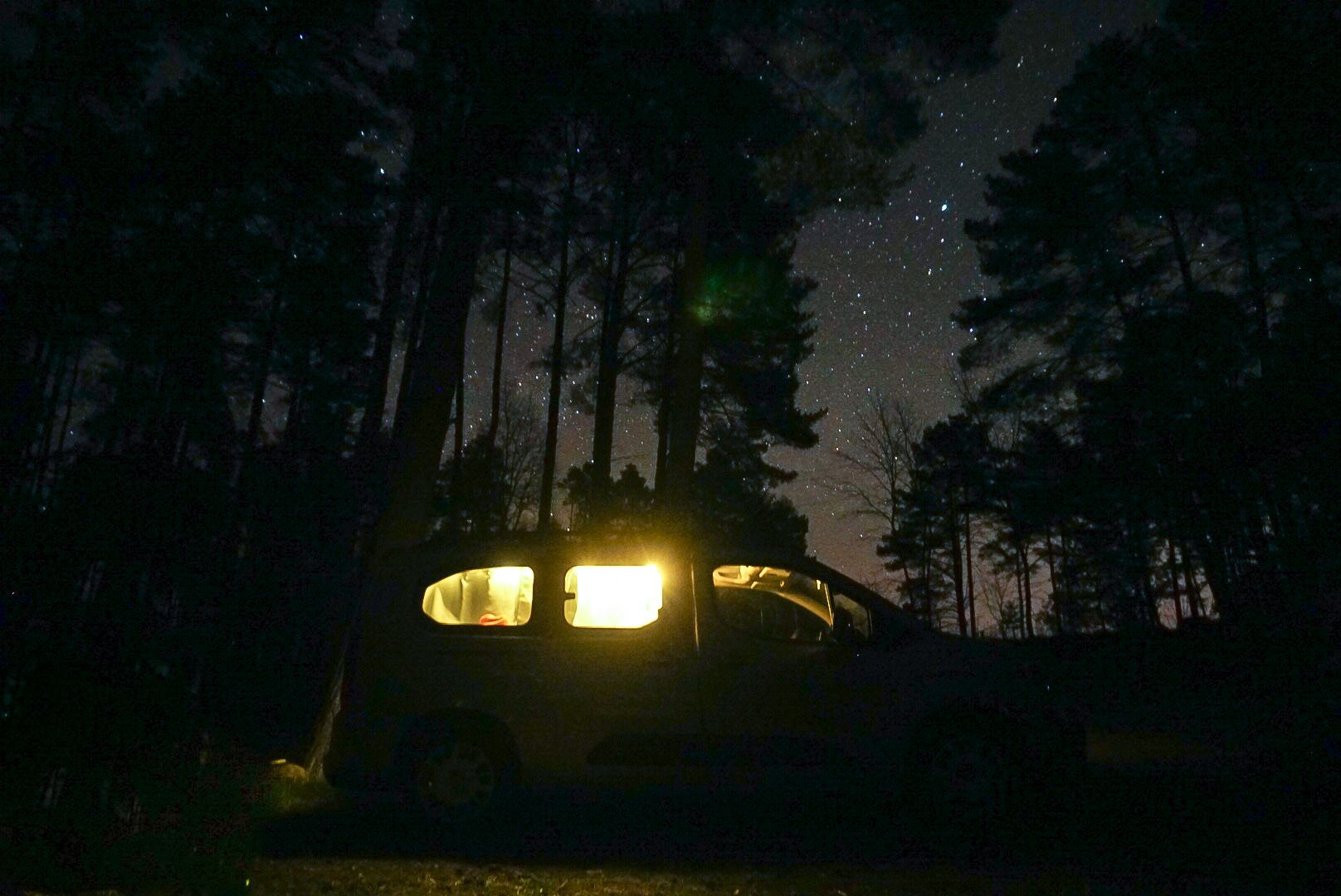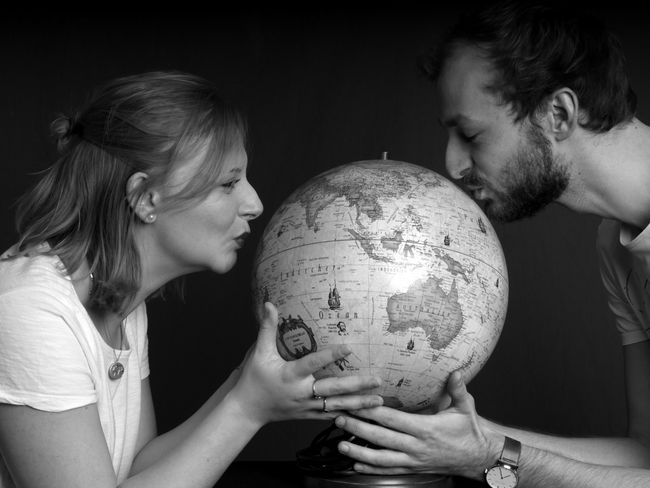Salento - Dreamy between coffee and palm trees
ޝާއިޢުކޮށްފައިވެއެވެ: 18.09.2022
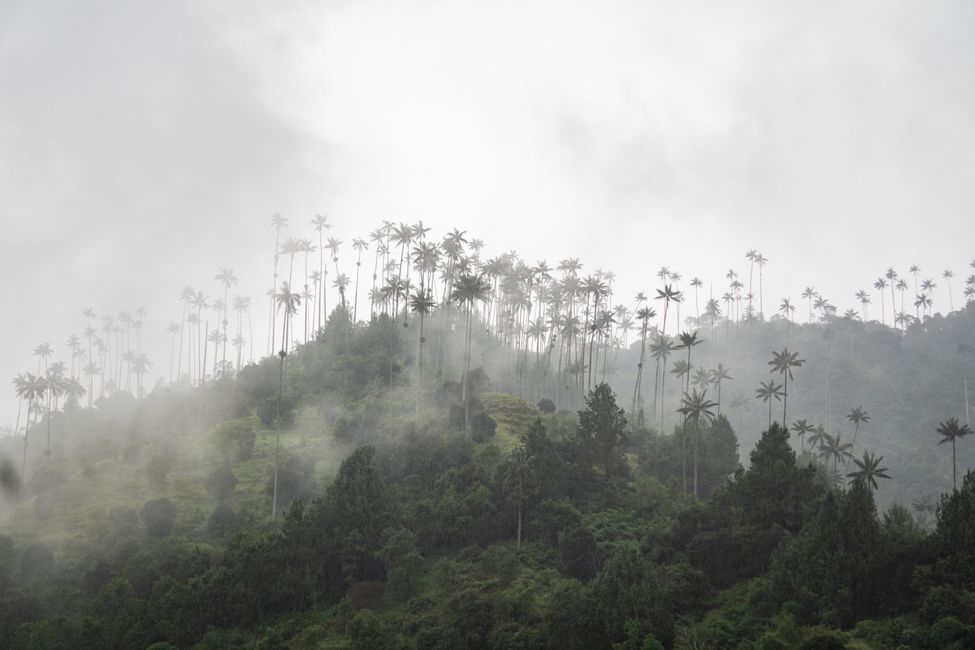
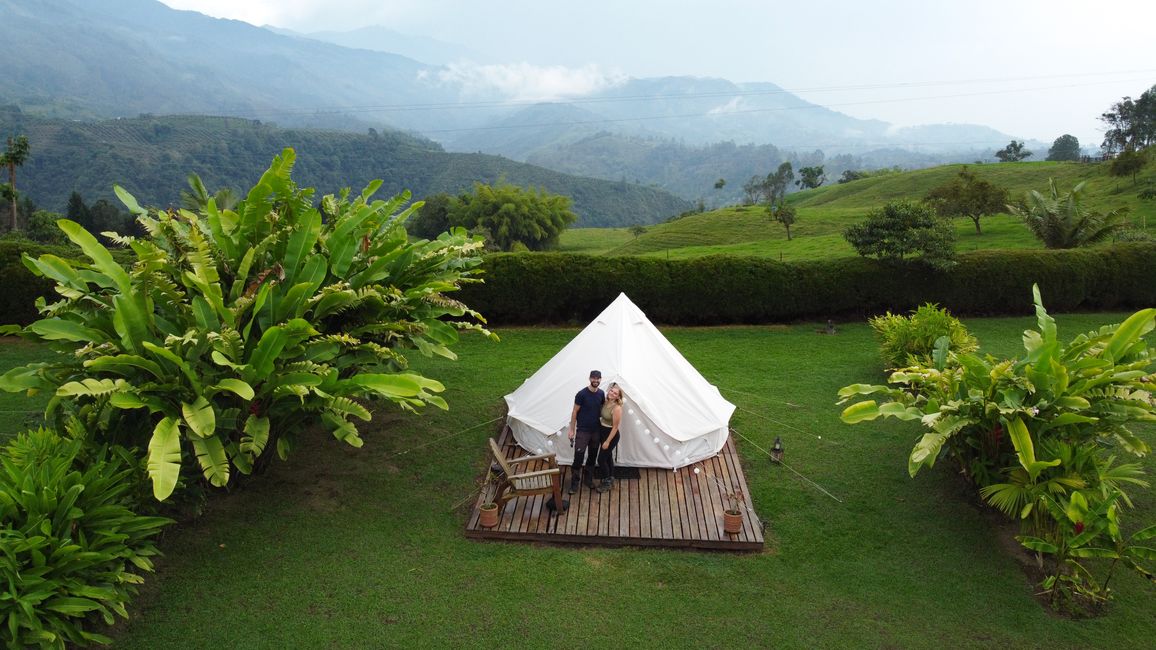
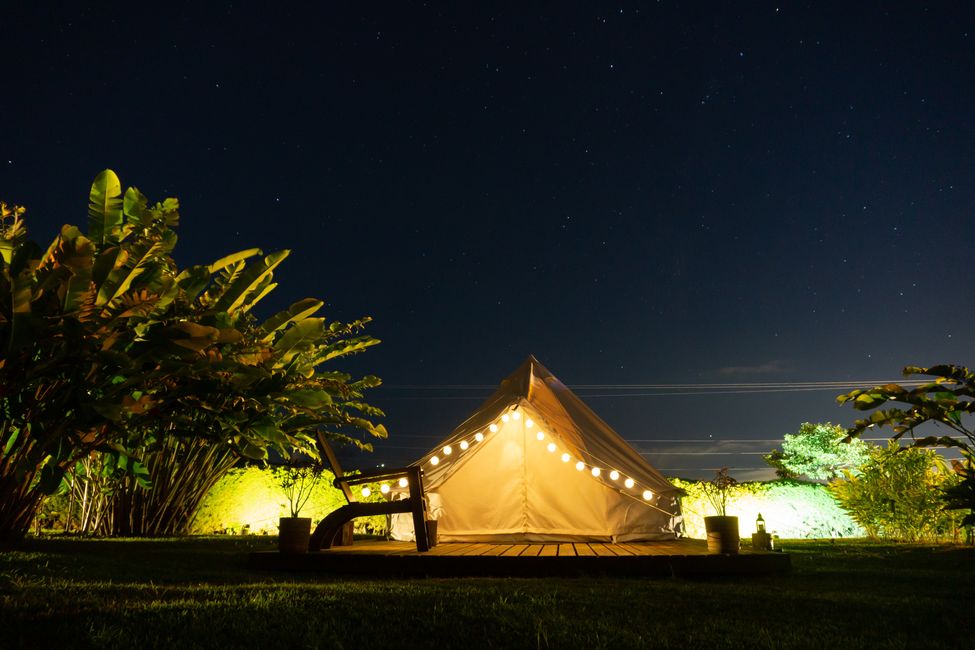
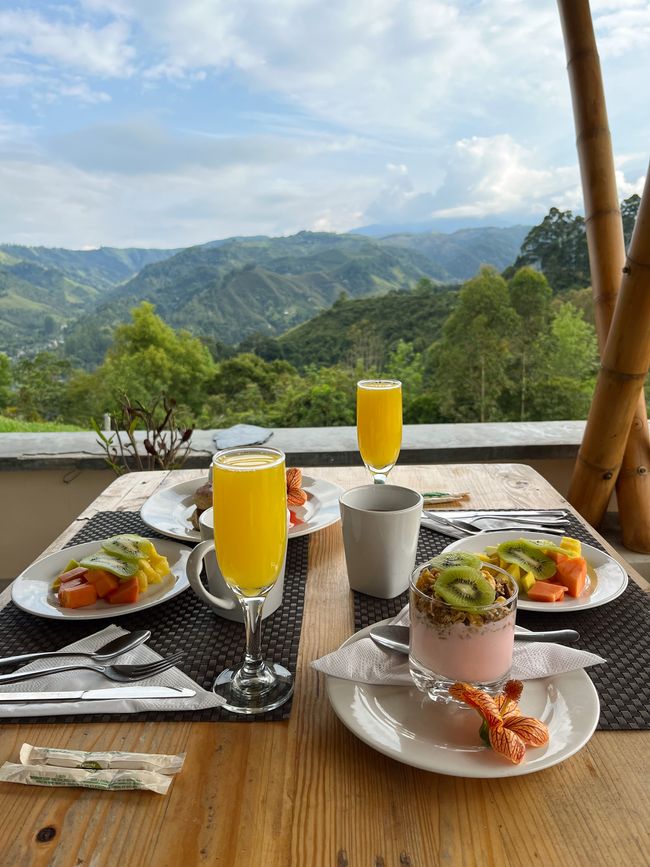
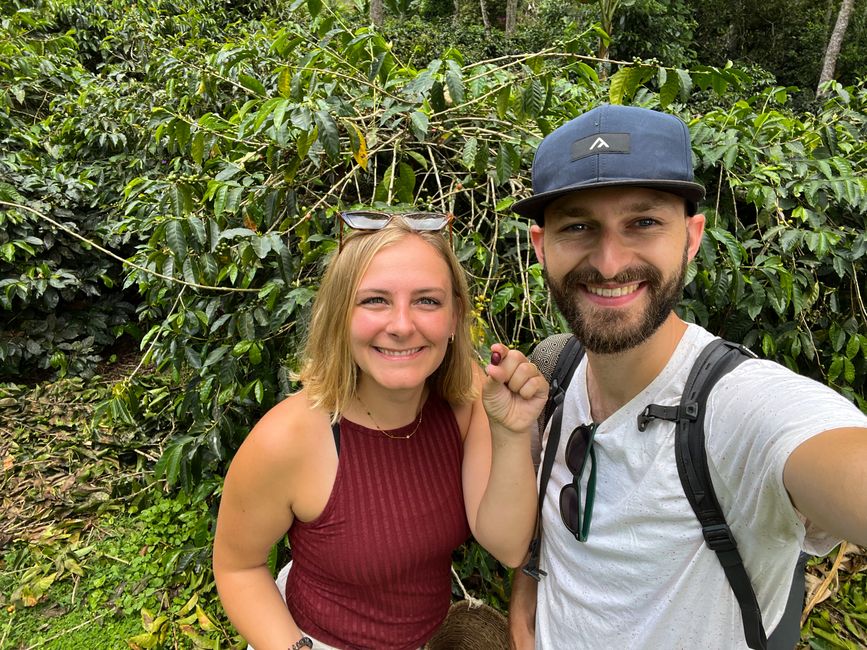
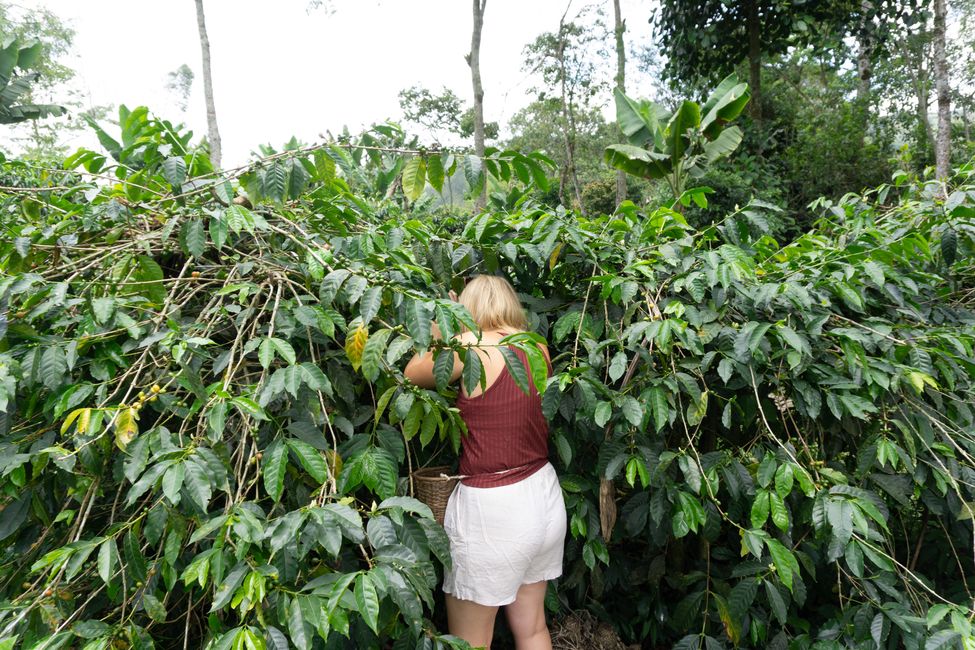
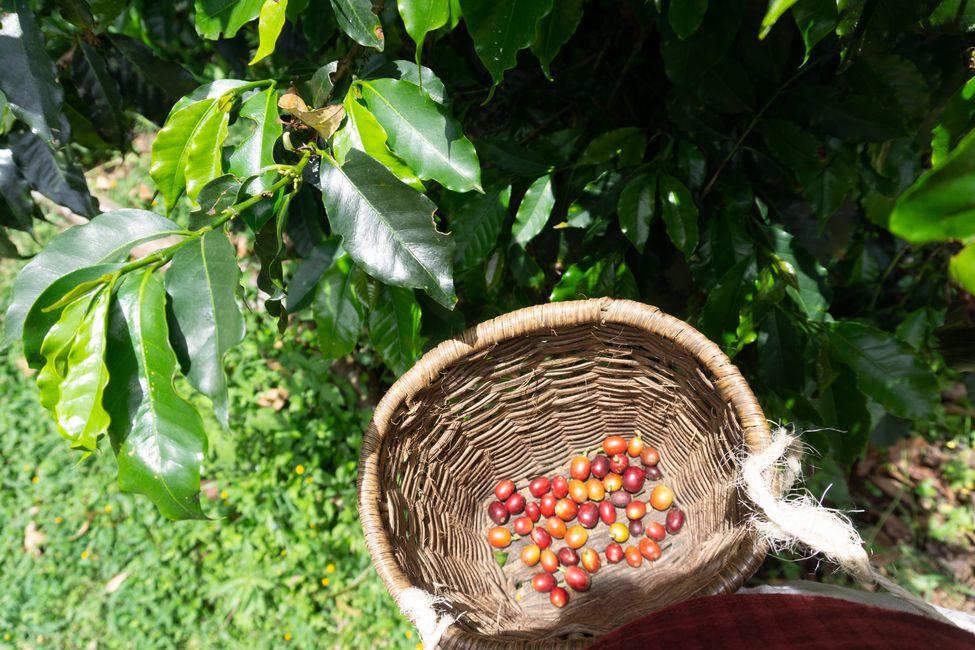
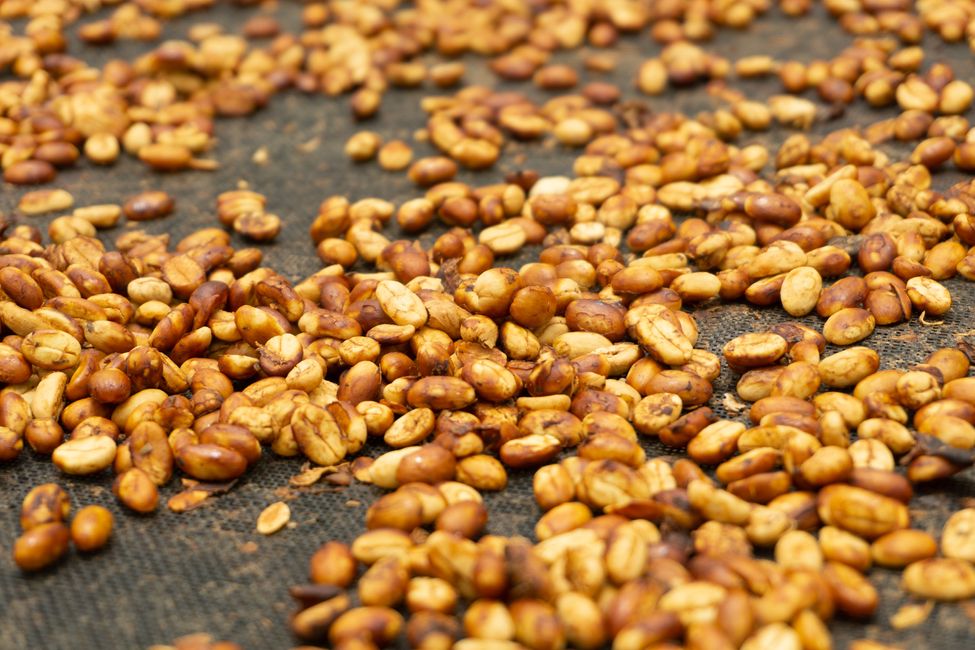
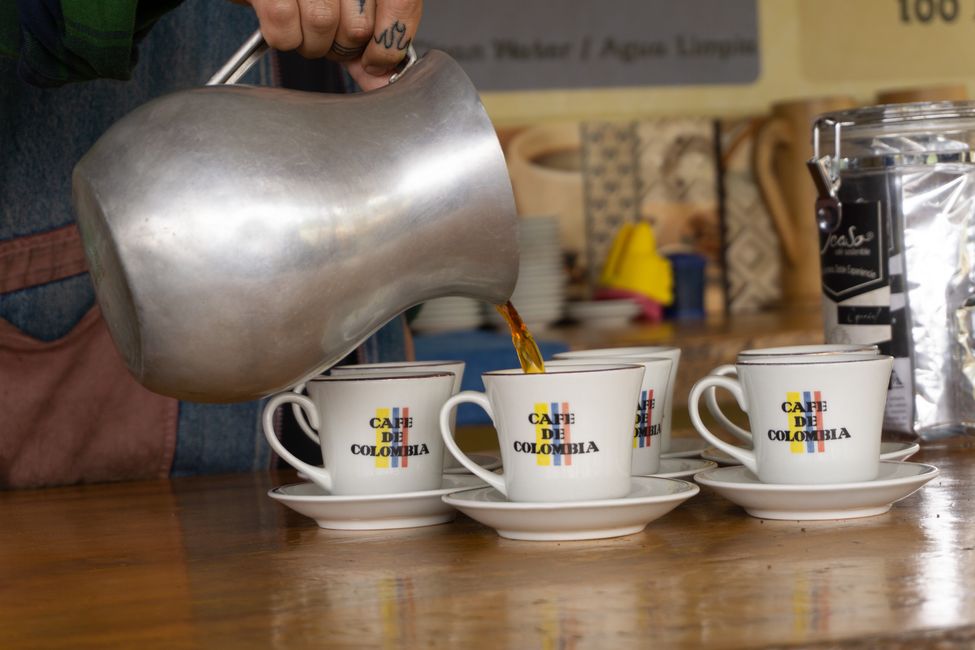
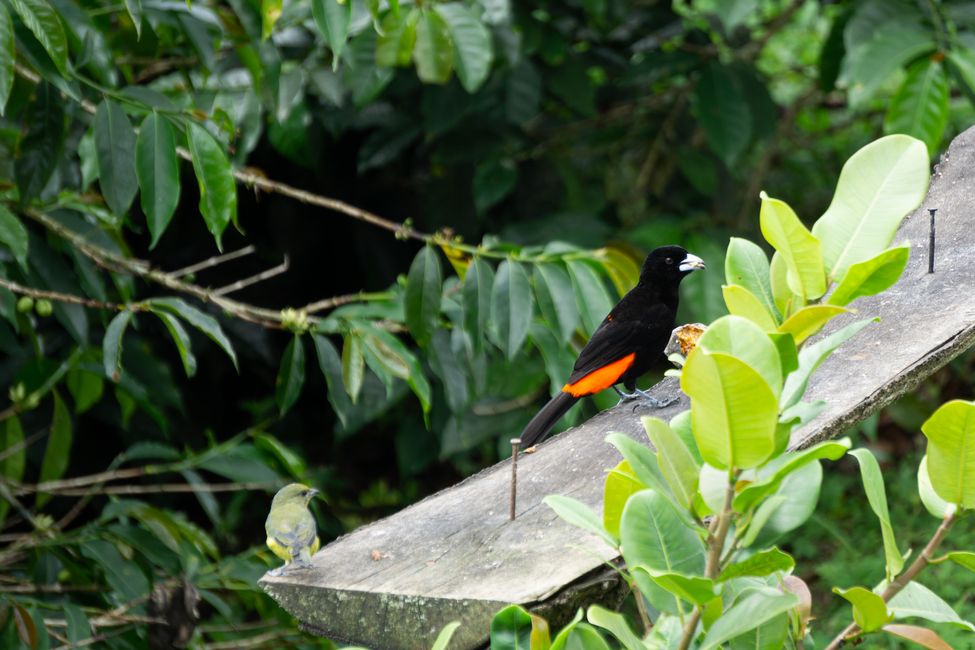
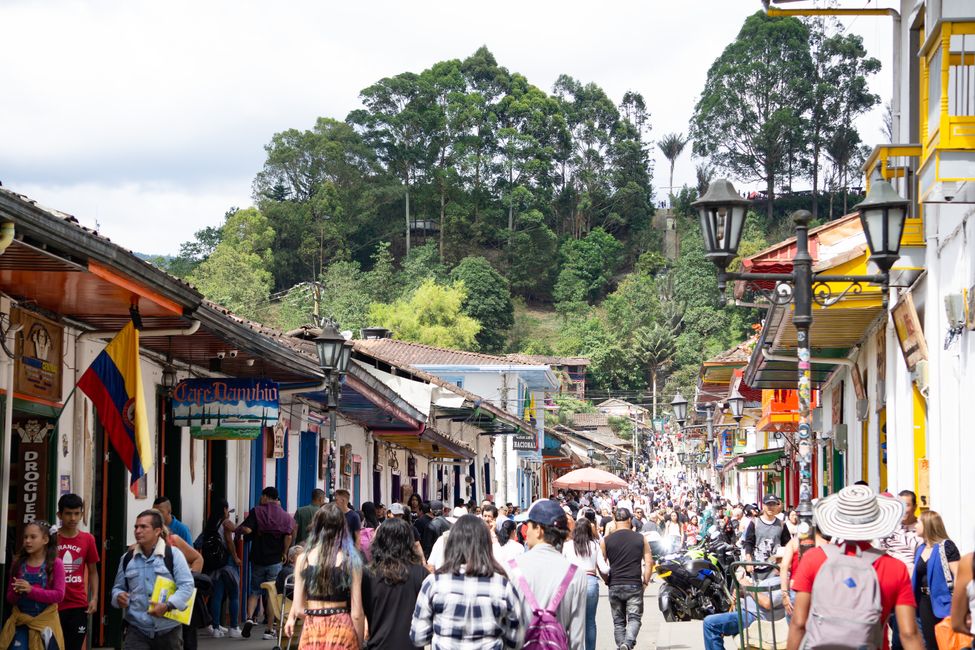
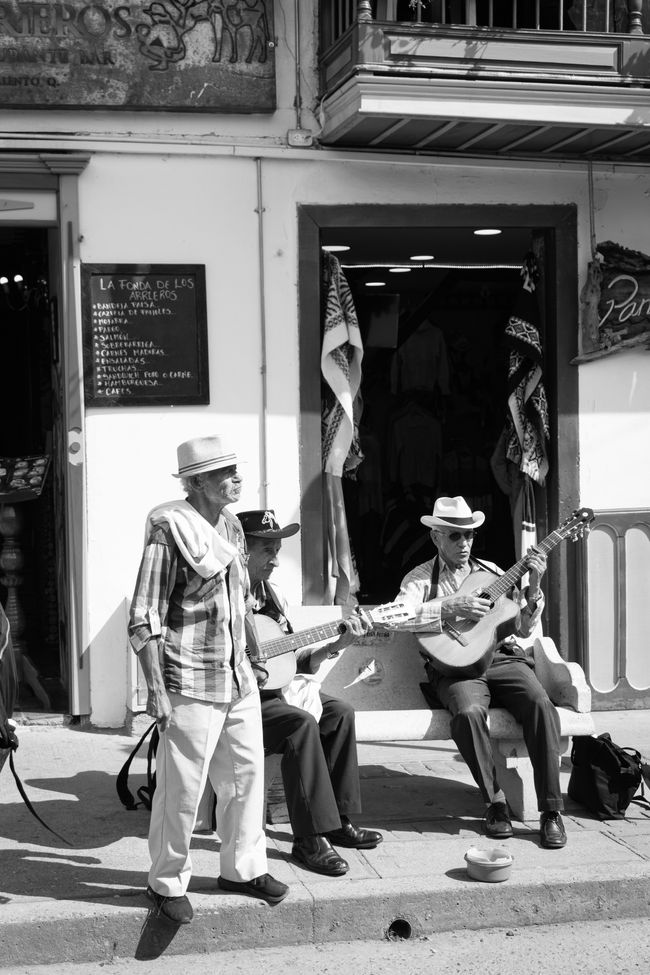
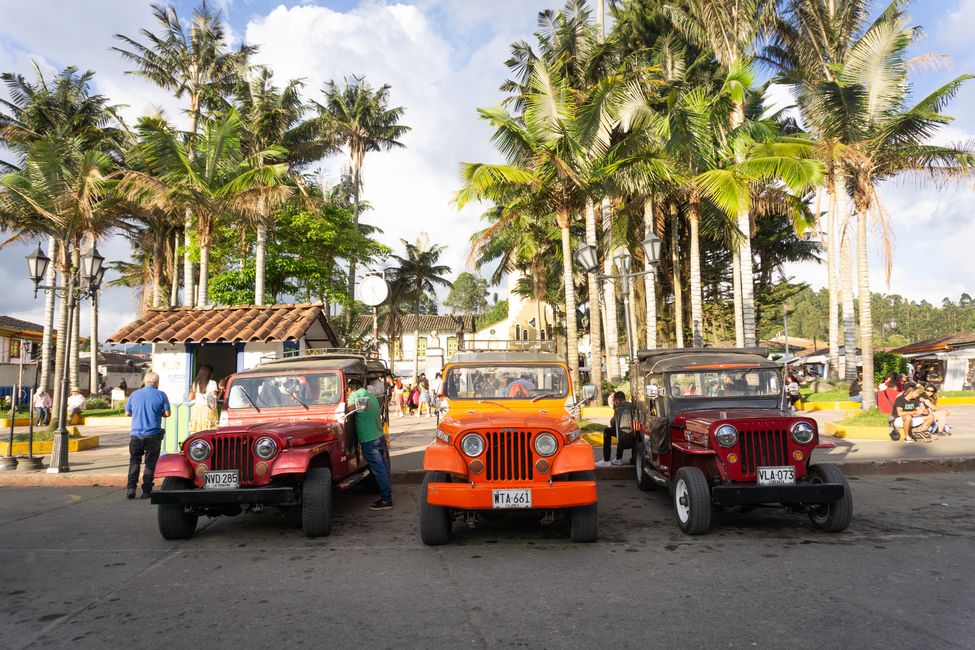
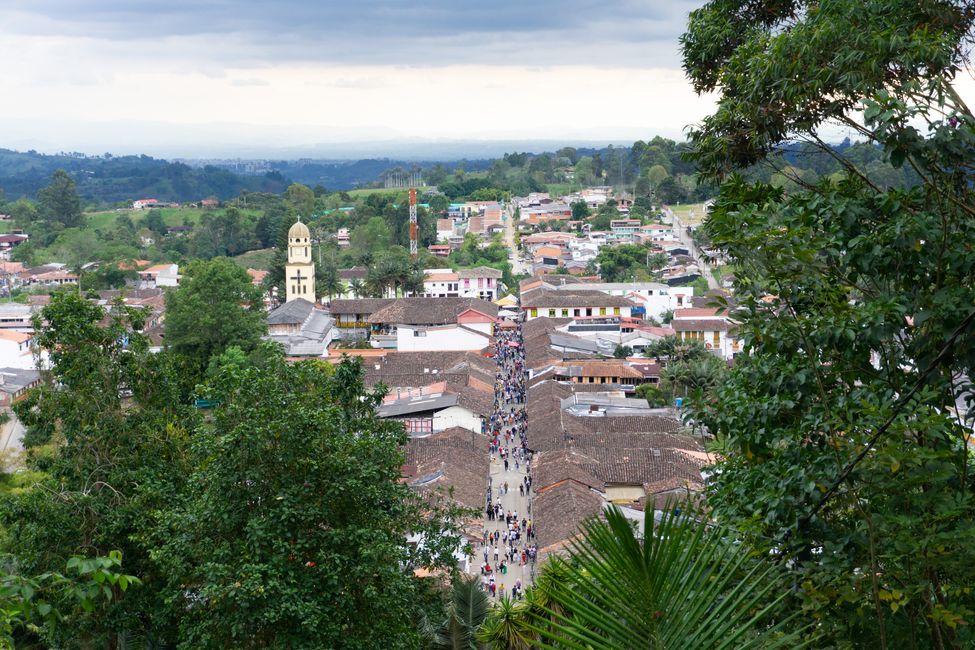
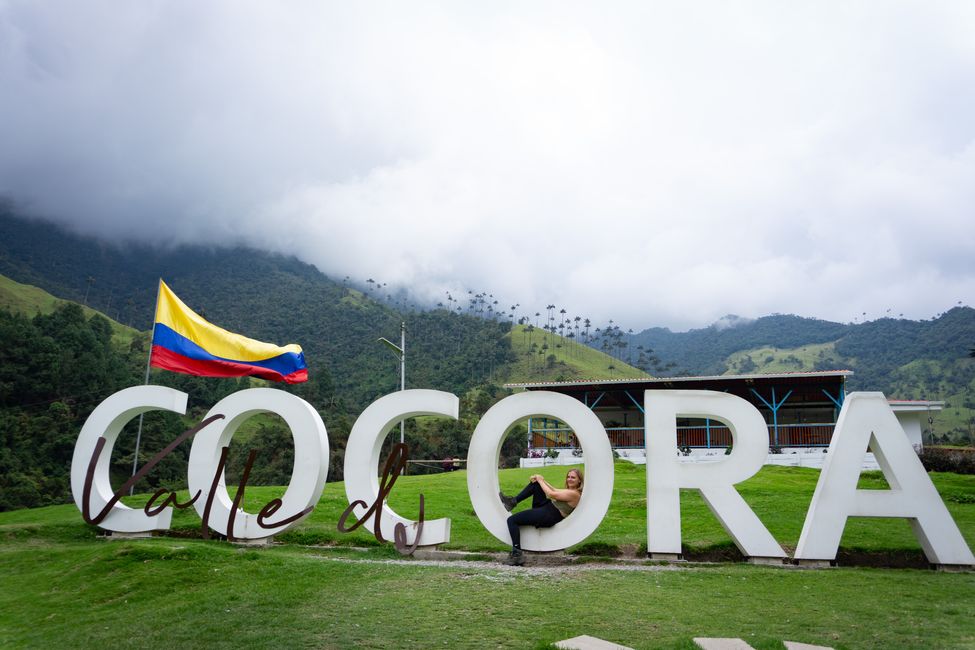
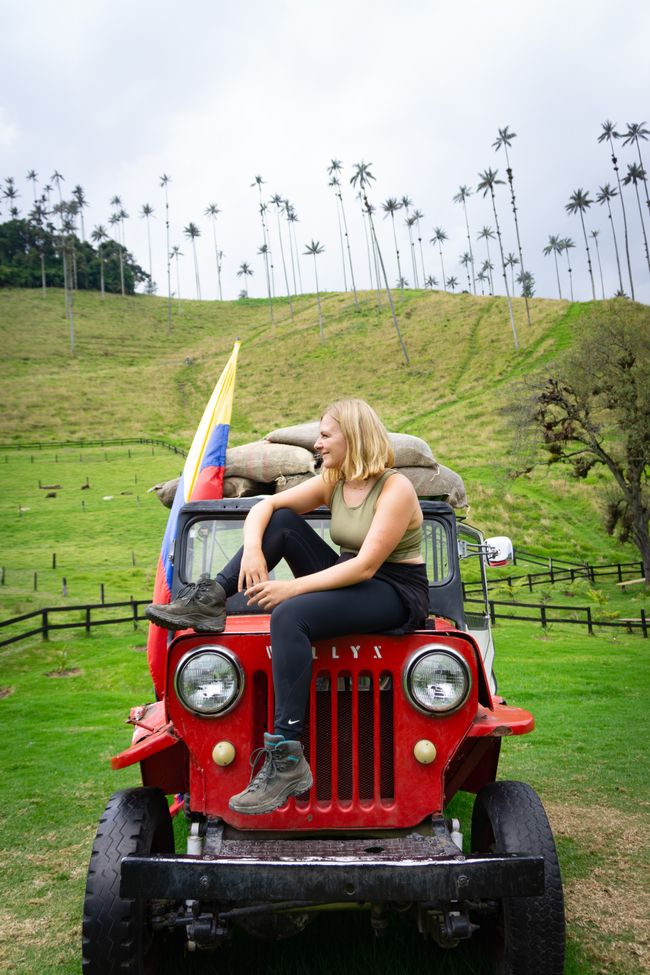
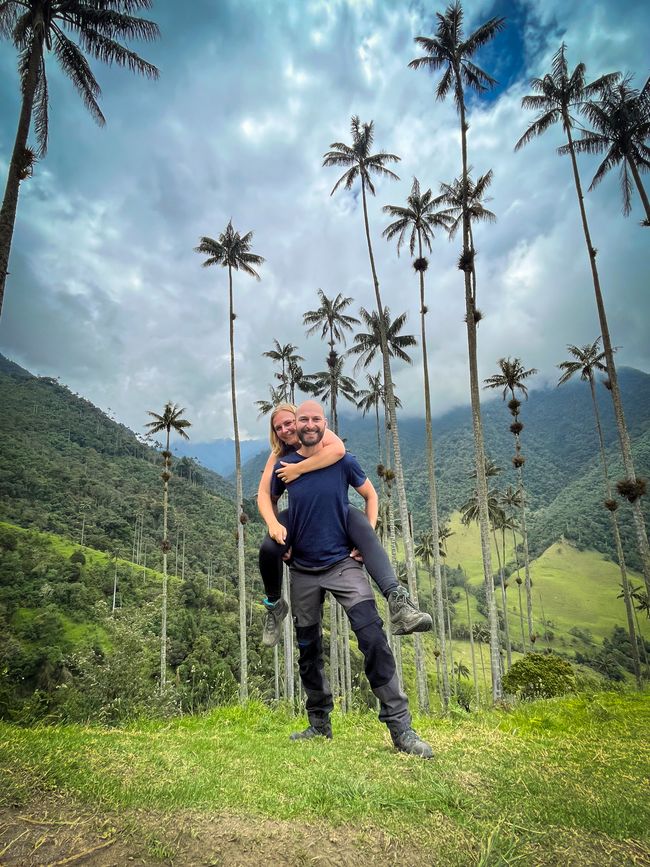
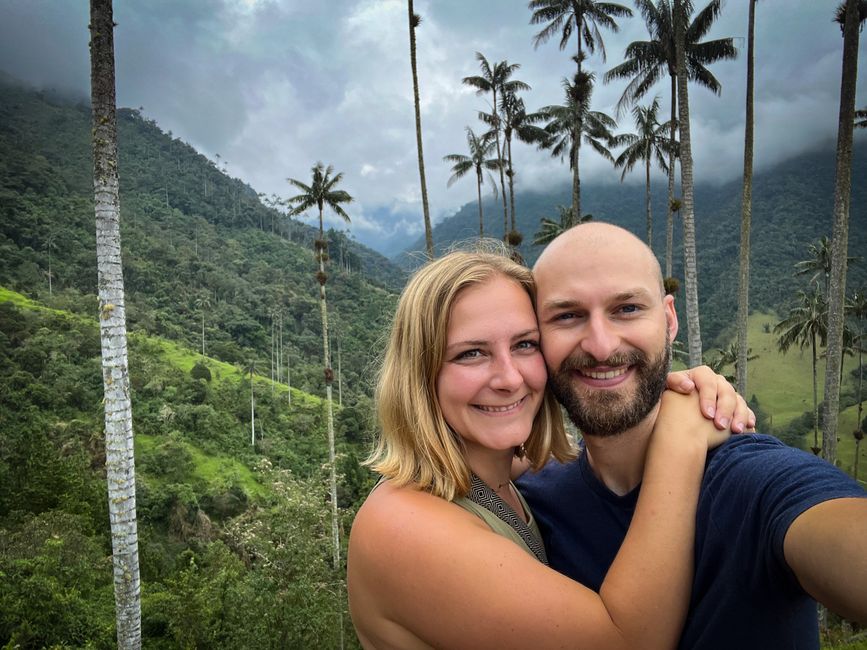
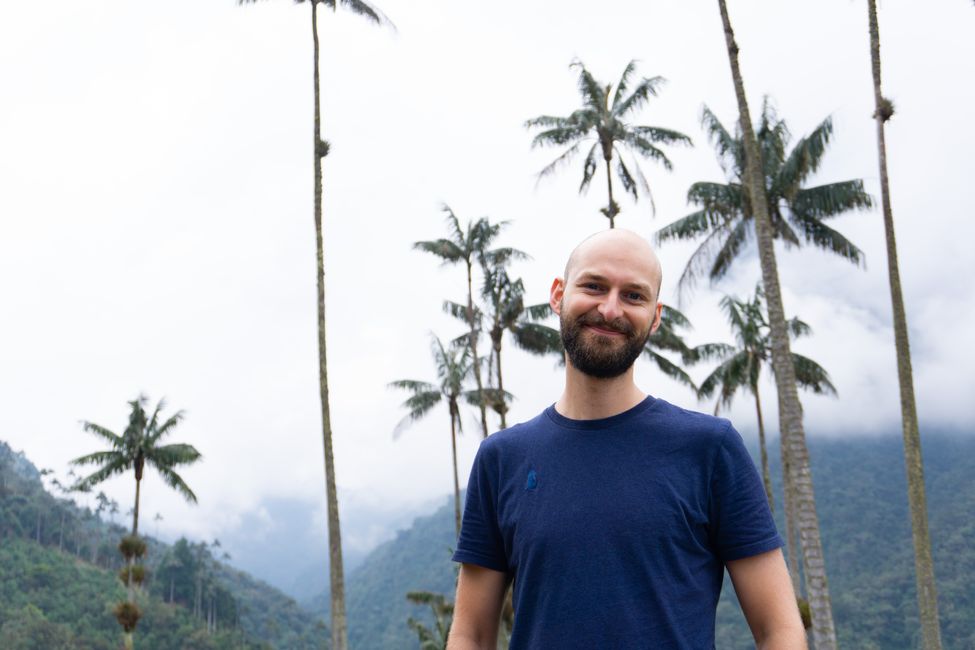
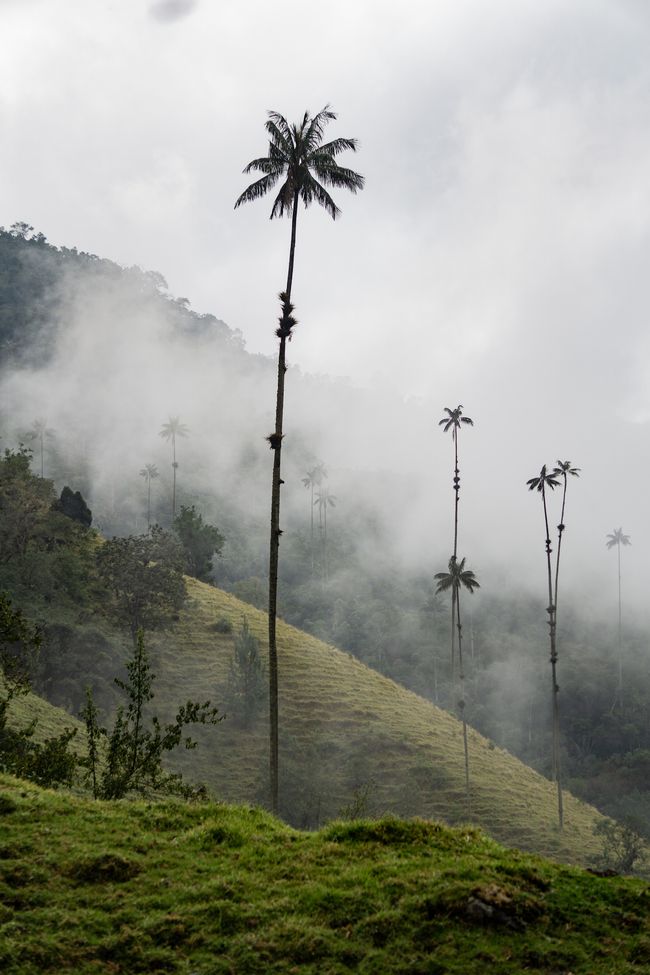
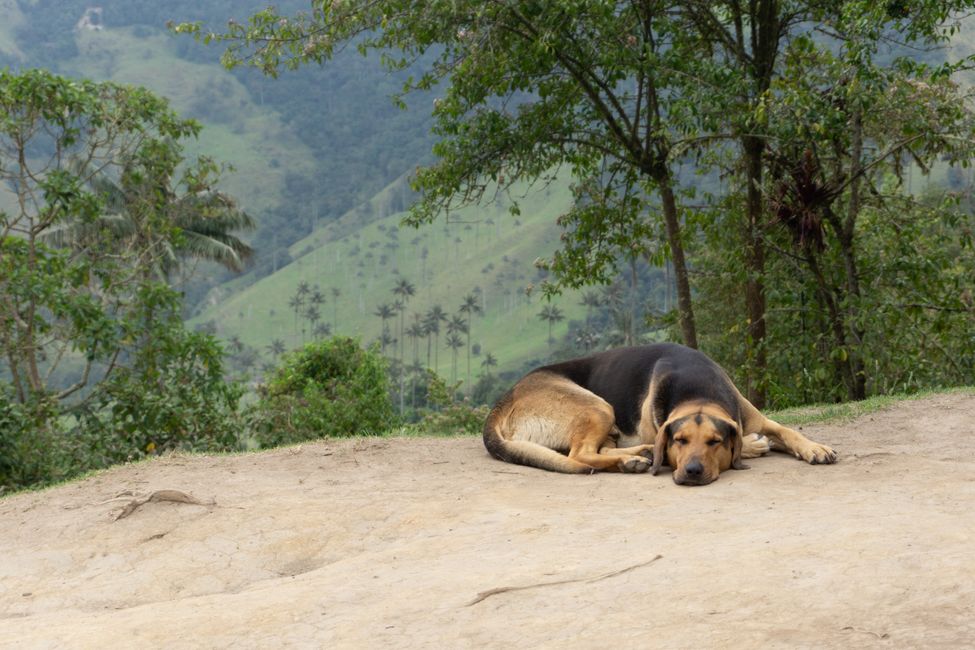
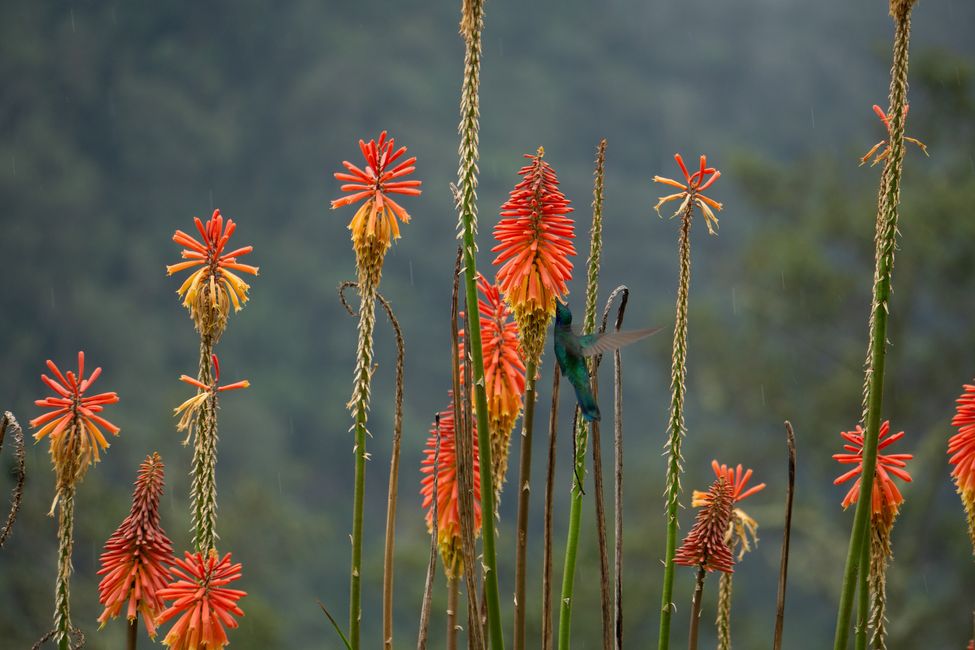
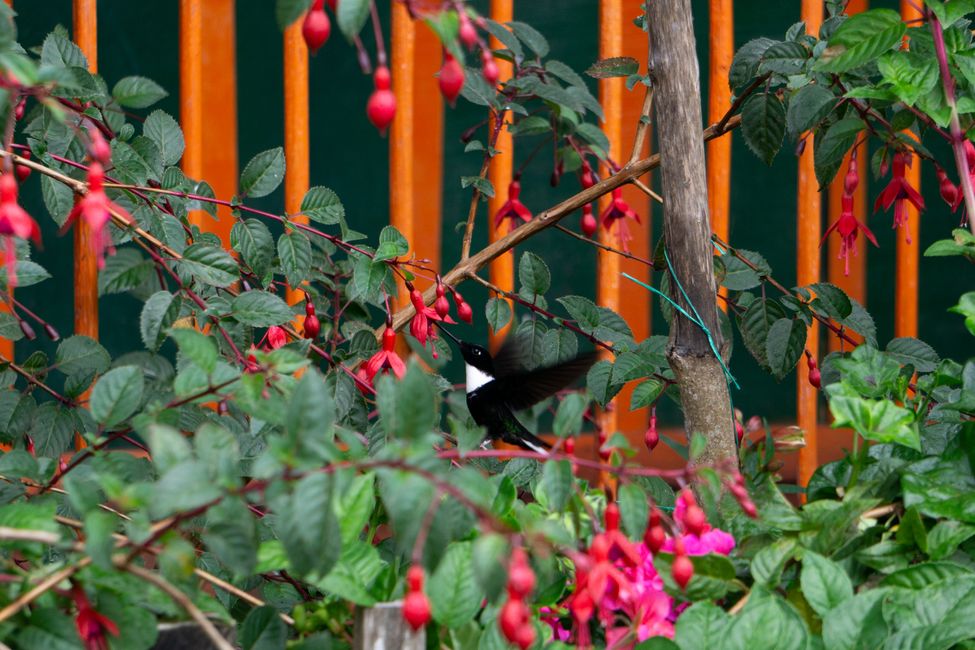
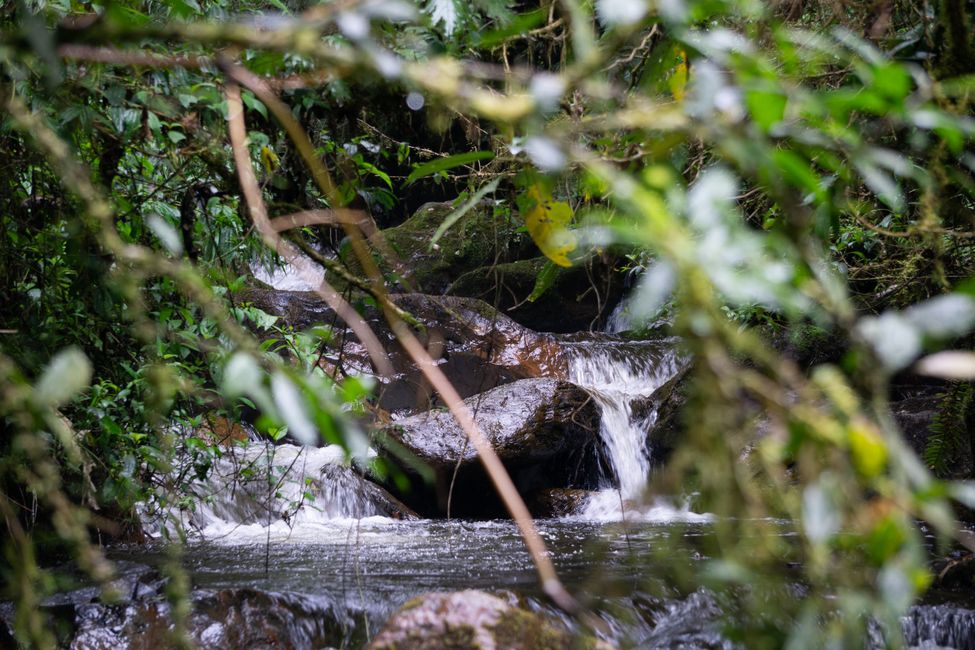
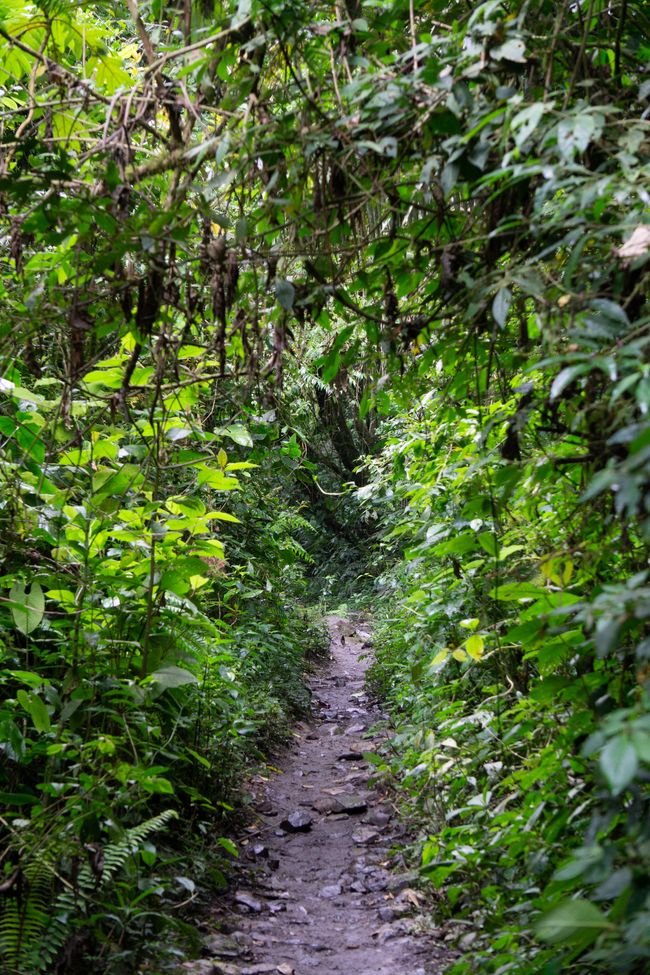
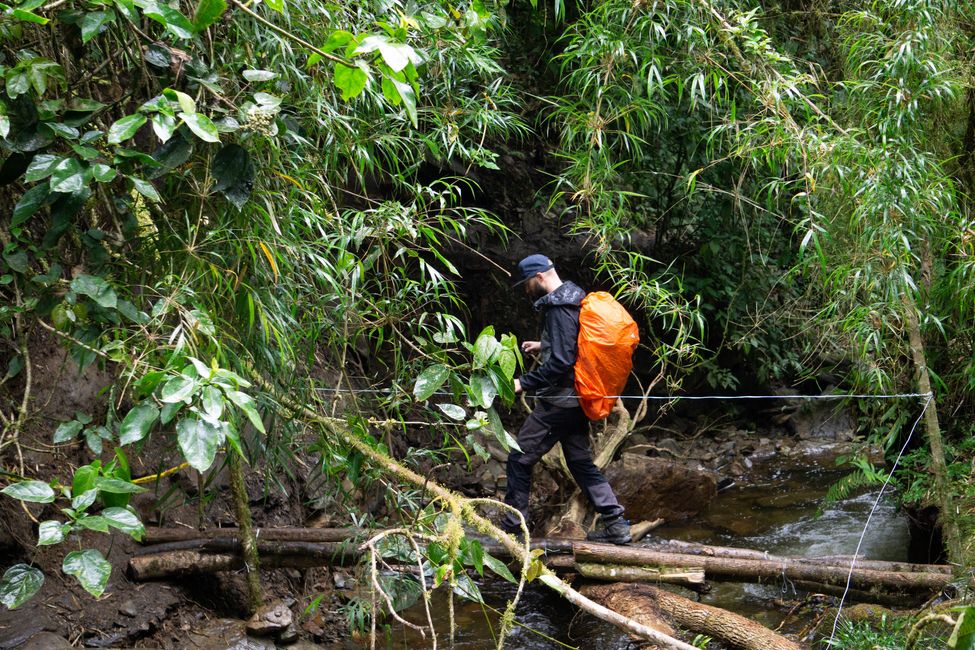
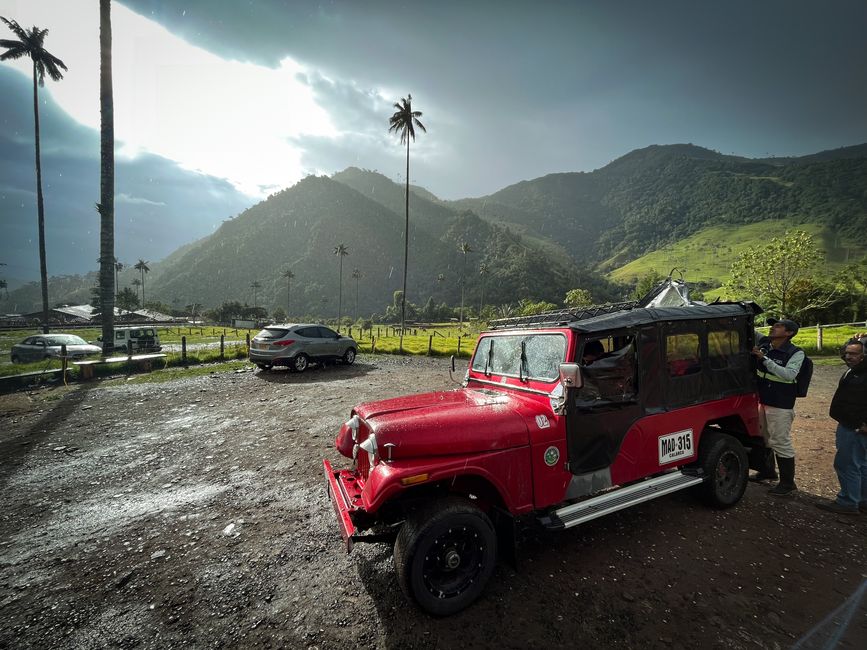
ނިއުސްލެޓަރ އަށް ސަބްސްކްރައިބް ކޮށްލައްވާ
We torture ourselves out of bed early in the morning after a short night and rush to the bus station. But the bus to Salento is already full... Damn it. 2 hours to kill until the next one and then we are kicked out at the crossroads to Salento after about 8 hours bus ride in the dark with two others. After a short time, fortunately, the taxi sent by the hotel shows up and brings us to our destination in the Salento mountains, accompanied by the chatter of the friendly taxi driver Elisa: Glamping!

Salento is located in the Zona Cafetera, where coffee is grown on many of the surrounding hills. When we climb out of our tent with a comfy bed the next morning, we are greeted with a beautiful view of coffee plantations, palm trees, and green mountains. After breakfast, we walk to a coffee farm and take a tour there. Those who have followed the old blog posts may remember that 4.5 years ago we were already on a coffee plantation in Laos, but here in the coffee country of Colombia, everything is a bit bigger. Arabica is mainly grown here, and during the main harvest season, a coffee picker collects about 150 kilos of coffee berries per day. A coffee tree can be harvested twice a year. After some information, we are allowed to do it ourselves and search and pick some red or yellow "coffee cherries". For this, we are given small wooden baskets that were also used in the past, and we should beat into the bushes to not overlook any berries. The overzealous Tina pays for it with 25 mosquito bites within a few minutes... The red berries are put into the press of a German inventor, and there the fruit, which usually consists of two beans, is separated from the husk. After that, the beans are either dried in the oven or in the sun and then roasted.
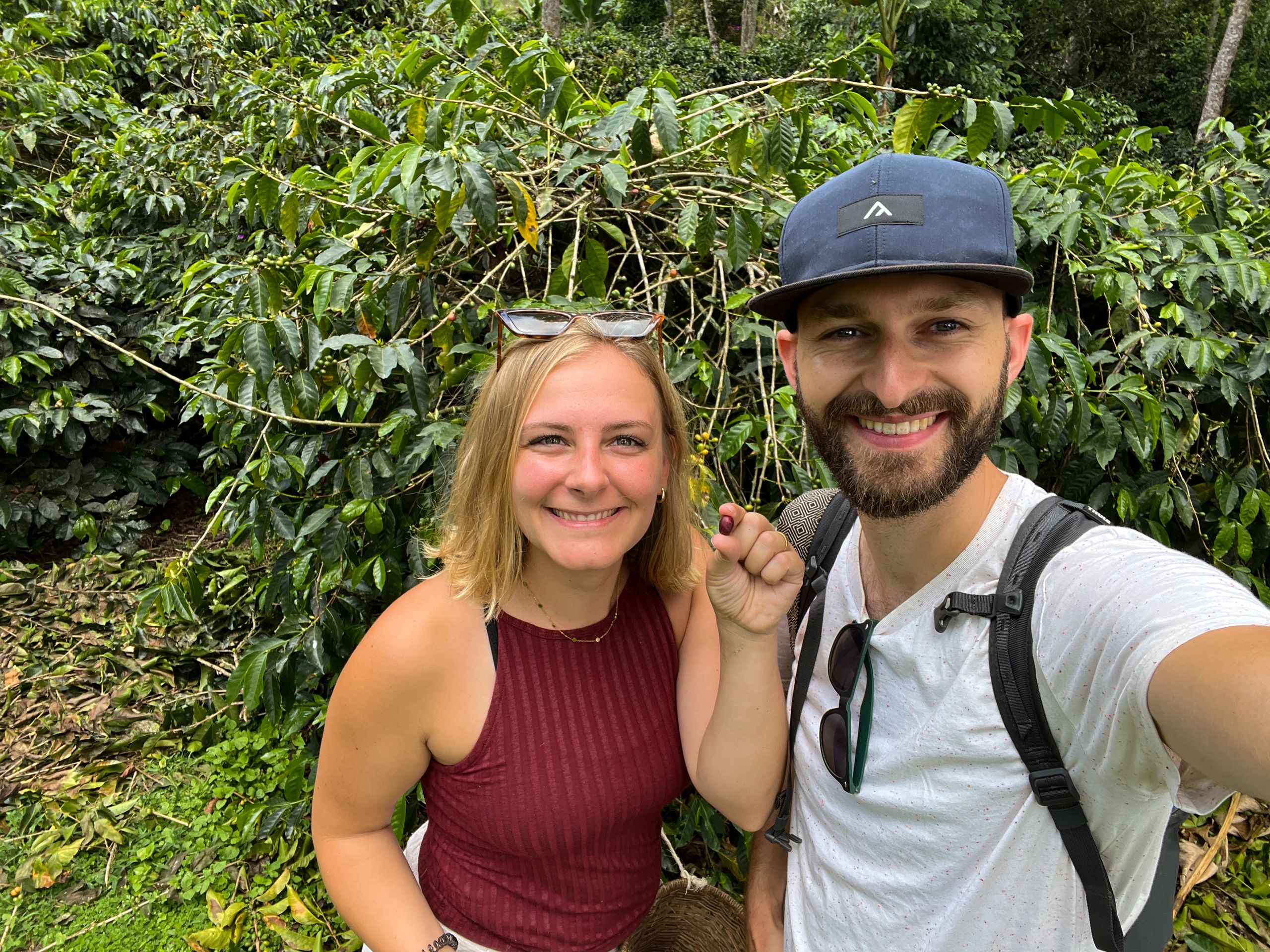
After all the words, we now put them into action and also taste the coffee. For all the coffee lovers out there, the following rules apply:
- Heat water to 90 degrees (or let boiling water stand for 3-4 minutes)
- Pour the water onto the coffee and through the filter in slow circular motions, constantly waiting for the bubbles to come up (this provides more oxygen)
- Swirl the filtered coffee briefly and pour it into the cup
- Sip the coffee like a good red wine, as here too, the oxygen can help to release more flavors.
Surprisingly, the Colombians have a lot of coffee but no coffee culture. They simply don't like the slightly bitter taste. This means that here you either get very weak or highly sweetened coffee...
Well, at least on the coffee farm they know how to make coffee, so we enjoy a cup on the terrace while we can observe the most colorful birds.

We spend the afternoon in Salento, but on a Sunday we are, of course, not the only ones strolling through the colorful streets... We take a short trip to a viewpoint (Mirador), while being photographed by strangers over and over again (blonde people are not so common here...). We meet on the market square with the guide Guillermo, who was recommended to us by the taxi driver, and talk about a potential 3-day hike to one of the highest mountains in the region. We consider if our Spanish is sufficient for it and finally decide to start the trek with Guillermo the day after tomorrow. After a rich dinner, we go back to our tent to plan the next few days.
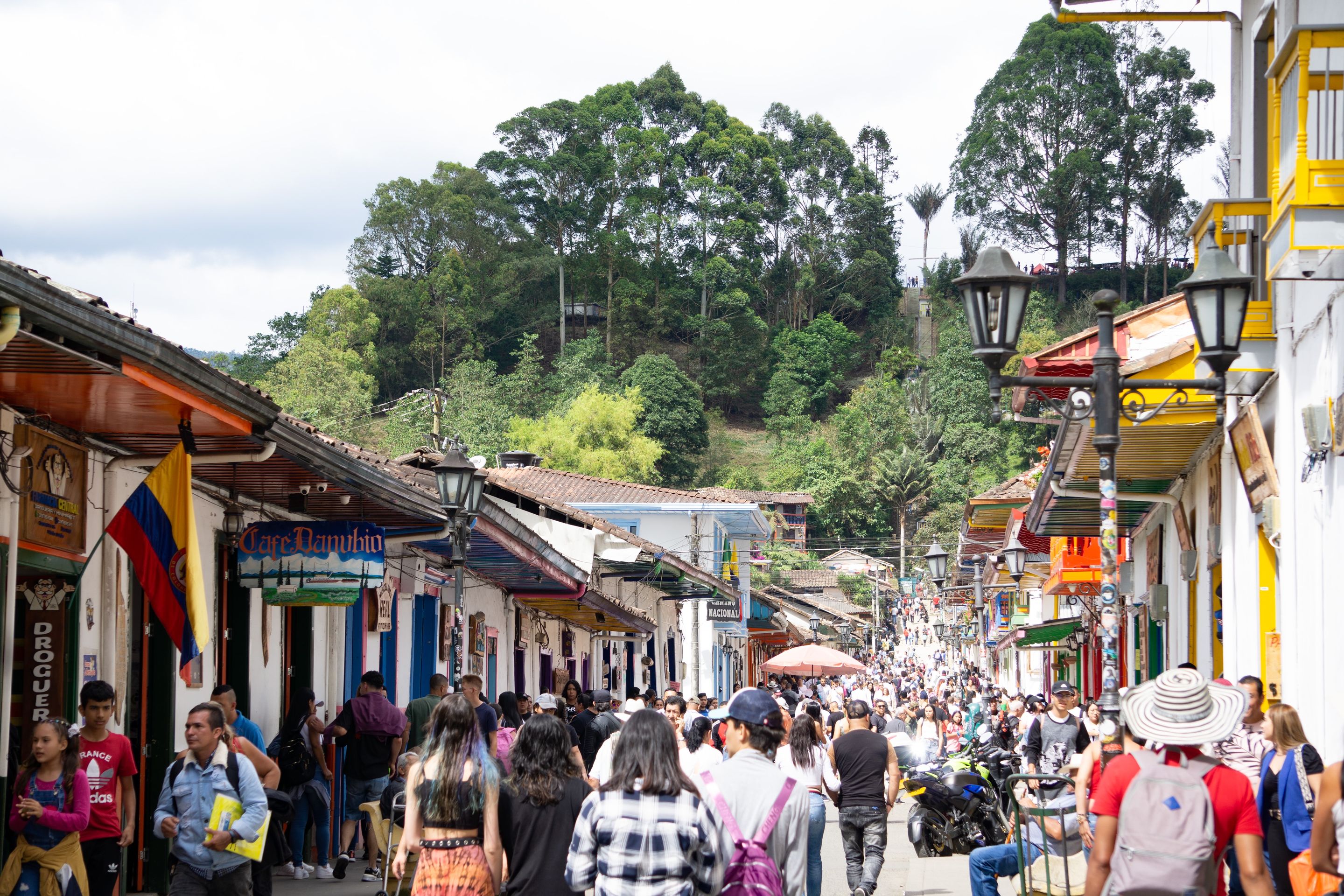
The second day in Salento dawns and we want to go to the famous Valle de Cocora. About 30 minutes drive in an old Willys Jeep of the US soldiers, which has become a trademark of the region, separate us from the Valley of the Palms. The Jeep is stuffed with 13 people, some of whom have to ride standing on the rear footboard - an uncomfortable but somehow funny ride.
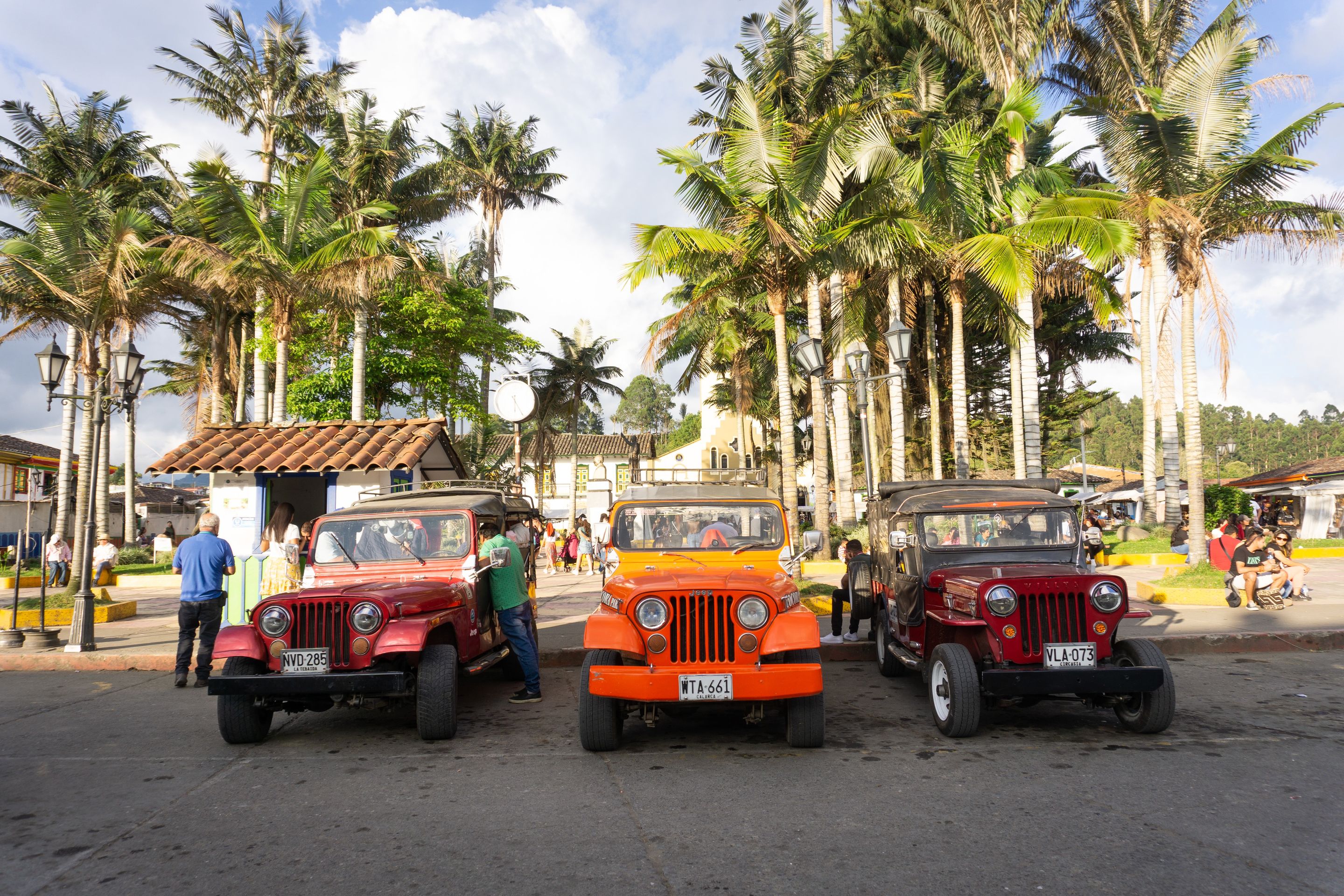
And then suddenly they rise before us: the tallest palms in the world! The Quindio wax palm is Colombia's national tree. It can grow up to 60 meters high.
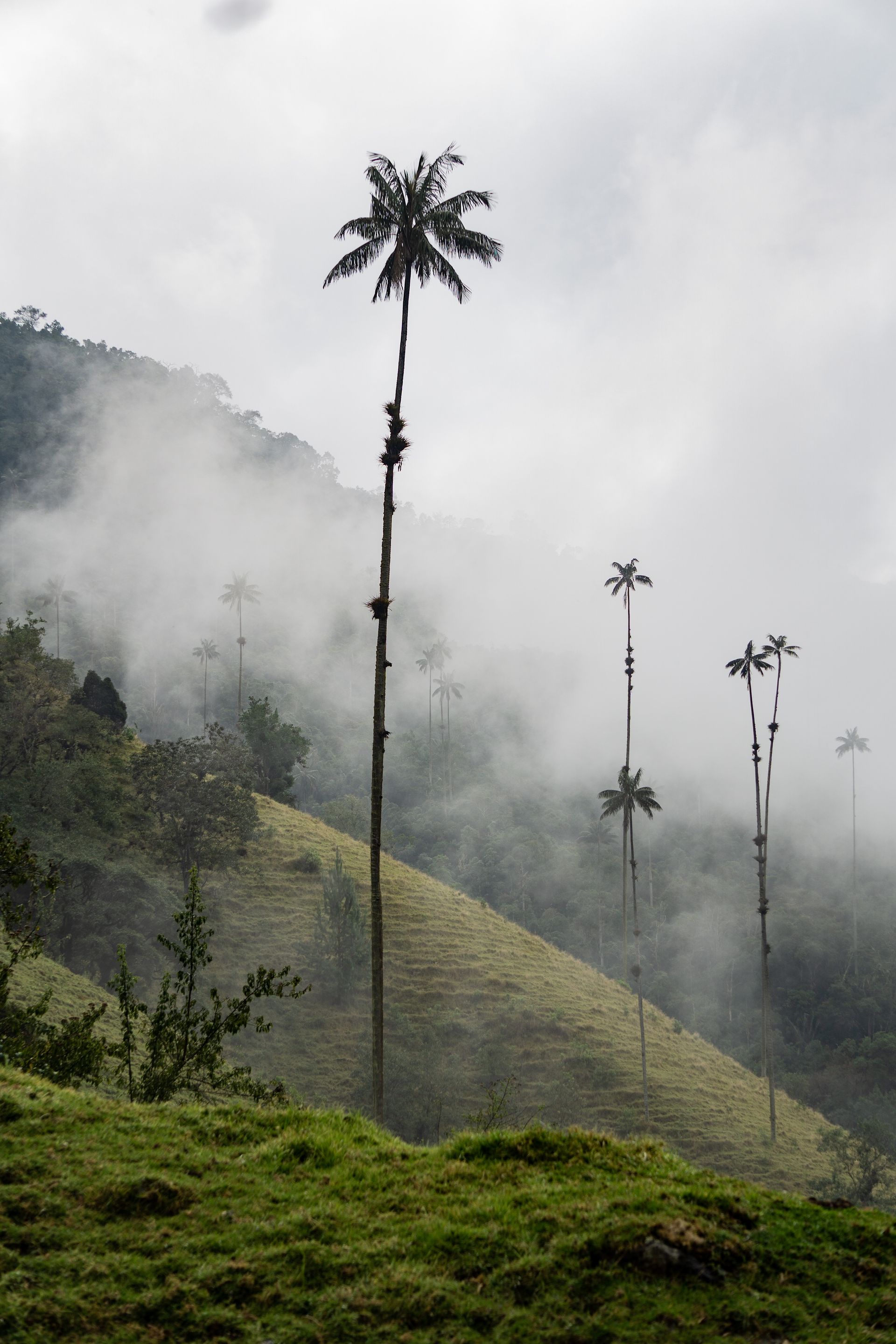
We embark on the long hiking route of about 13 km. It starts at a photo park where Colombians love to take cheesy photos against the backdrop of the wax palms. We also snap a bit before climbing the mountain, always with a view of the towering palms.
On our way, we keep meeting two Germans from Hannover and help each other take photos, so we finally decide to walk the whole way together. The two, Geli and Merlin, are also "long-term travelers" and are traveling through Latin America for 6 months. With pleasant chatting, time passes or rather the path flies by, and we finally arrive at Finca de la Montaña at about 2820m, the highest point of today's tour. In the many flowers surrounding the finca, we discover several hummingbirds and even a hummingbird nest!
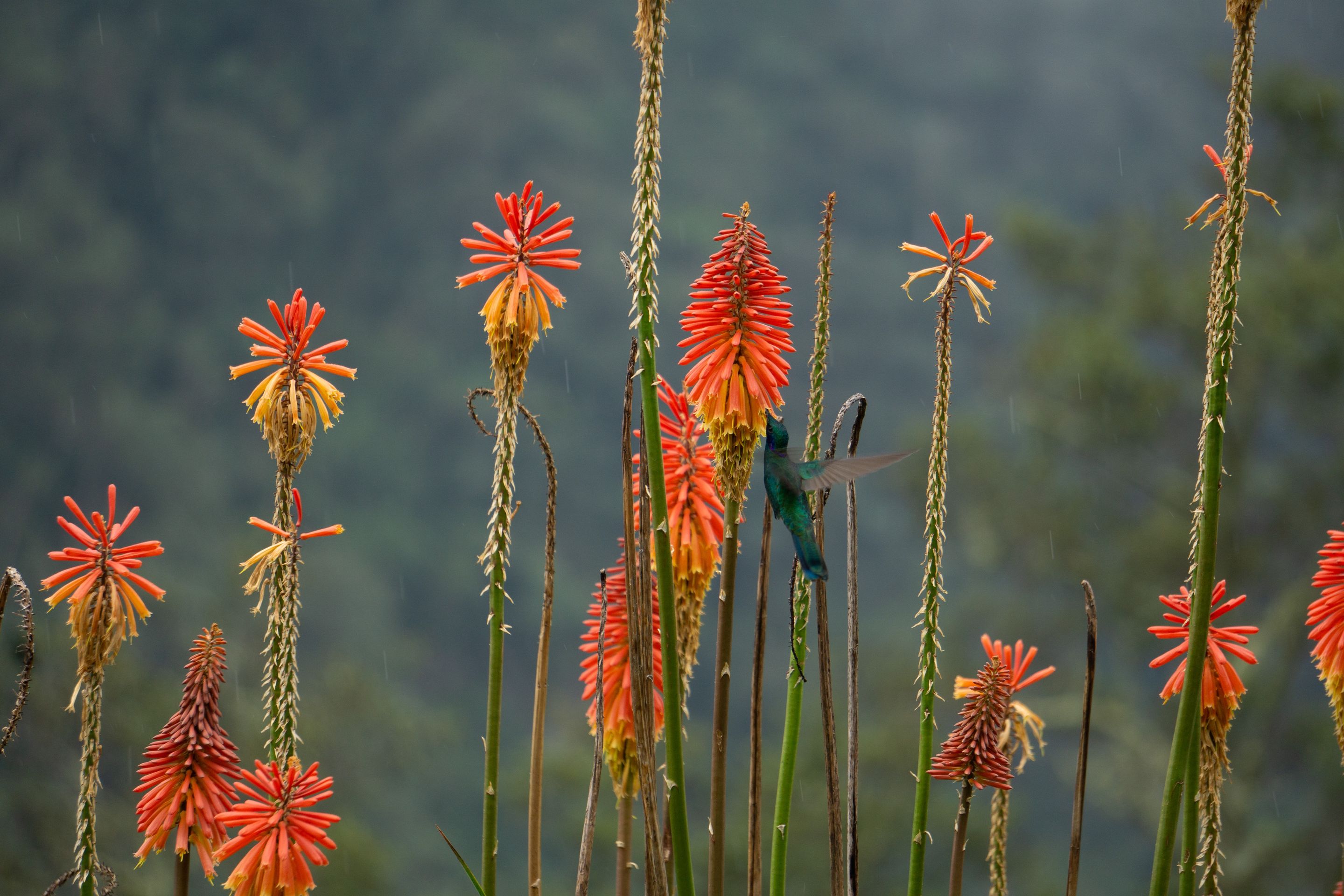
We could watch these small birds forever, but then it starts to rain, and we start the descent. Here and there, it gets quite muddy, and the rainforest does the rest. We walk through streams, past small waterfalls, and over some very shaky wooden bridges over rushing rivers. Everything here feels like a mixture of a tropical greenhouse in the zoo and Indiana Jones...

When we reach pastureland again, it starts pouring rain, and we quickly take cover at a small coffee stand. However, the rain doesn't stop, so we keep walking until we reach the Willy parking lot. And who do we meet there? The group of Belgians from our Guatapé tour. While we head to the mountains tomorrow, the 4 of them continue their journey to the coast.
ނިއުސްލެޓަރ އަށް ސަބްސްކްރައިބް ކޮށްލައްވާ
ޖަވާބު
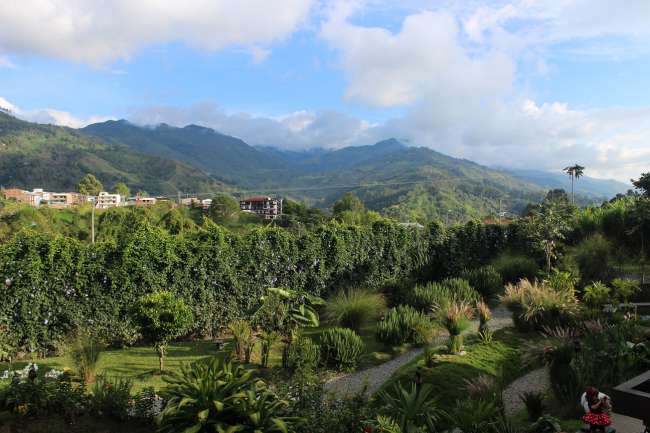
ދަތުރު ރިޕޯޓްތައް ކޮލަމްބިއާ އެވެ
